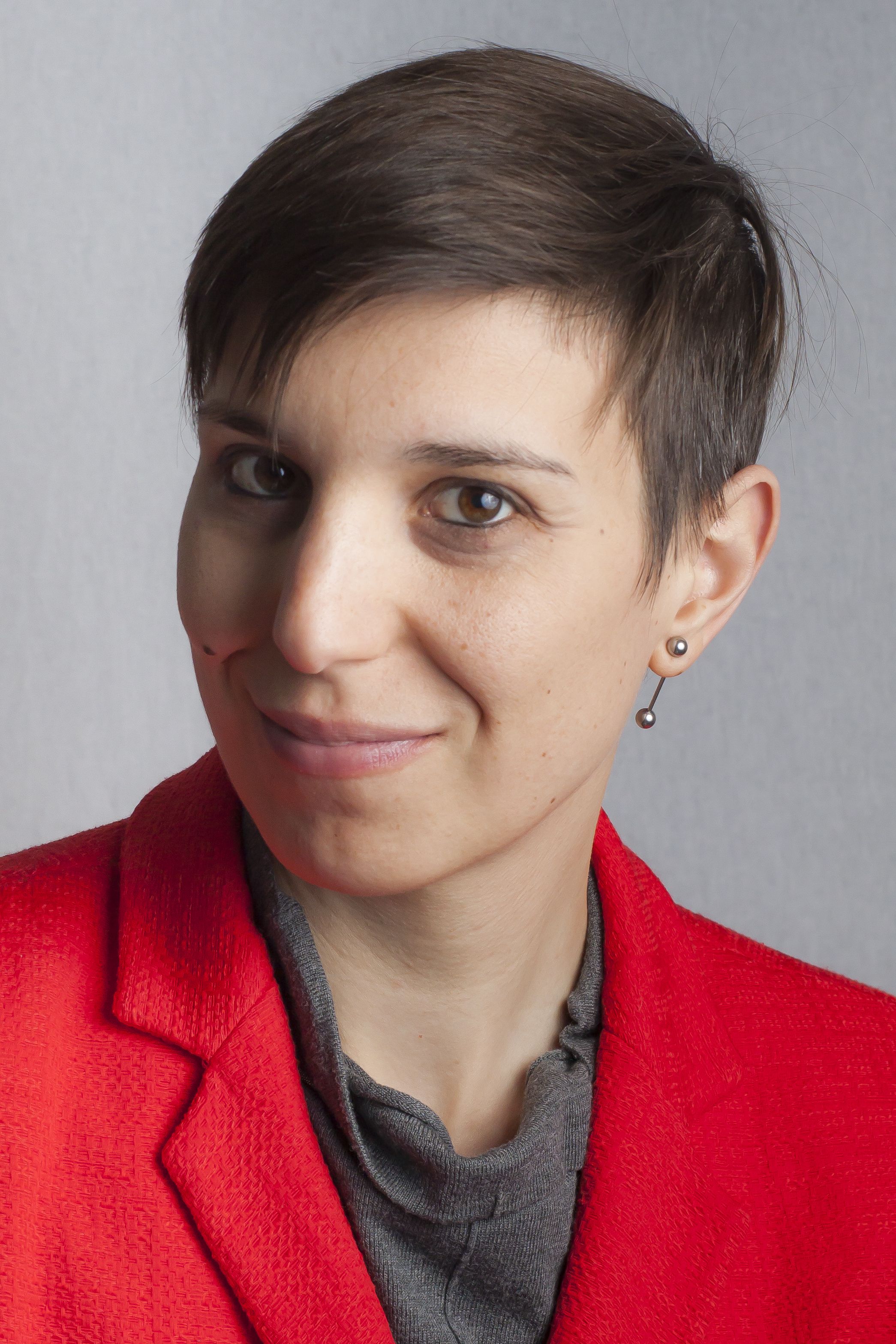
Alessandra Giglio is “Universitetsadjunkt” (Lecturer) at the University of Dalarna (Sweden). She is also adjunct professor at the Free University of Bozen-Bolzano (Italy).
She has been a researcher at the University of Modena and Reggio Emilia and at the University of Parma and, previously, she has been a Research Fellow at Institute of Educational Technology of the National Research Council of Italy.
She holds a European PhD in "Languages, Cultures and Technologies" from the University of Genoa, where she previously graduated with a thesis on Teaching Italian as a foreign language. She is specialized in the same discipline with a Master’s Degree and collaborates with the University of Genoa, Perugia and Siena for teaching and designing multimedia courseware and e- learning contents, as well as the Free University of Bozen.
She teaches Italian as a Foreign Language since 2006 in different education contexts: among them, she taught in the IBO school Deledda International for 6 years. She created examination papers worldwide for the PLIDA certification of the Dante Alighieri Society and she is currently examiner for the International Baccalaureate Organization. She had been examiner for PLIDA, CILS and CELI.
She co-authored Lezioni di italiano. Apprendere e insegnare l'italiano L2 nella scuola: dalla teoria alla pratica (2012) andVia dei verbi (2015) and she published many papers and articles on specialized reviews.
The global Web and the “2.0” generation, as well as the new technological tools, seem to be the signs of a cultural, sociological and communicative revolution that we are, more or less happily, witnessing: this revolution is equal perhaps only to what happened in Gutenberg’s era with the advent of movable type printing. In a similar panorama, a paradigm adaptation is necessarily required both for trainers and educators that work in the context of language teaching.
However, the cultural and educational revolution to which we are witnessing as teachers has rather ancient origins: as De Mauro already emphasizes in the introduction to the text Flipped Classroom, which introduces in Italy the famous homonymous teaching model, “for certain basic aspects, one could even say that there is no news "(translated from Italian, Maglioni & Biscaro, 2014: 9).
In fact, while it is true that technologies in language teaching require an adaptation in everyday teaching practice, it is equally true that these “new” technologies are to be treated as one (among the many available) teaching tools for teaching. Therefore, it is necessary to identify didactic situations in which technologies for teaching bring a real, constructive, meaningful and innovative contribution that otherwise would not have been possible to achieve.
The purpose of this intervention is therefore to illustrate some of the teaching technologies that are particularly useful for teaching and learning a foreign language, with particular regard to Italian as a second language. After a brief theoretical and historical overview, some examples of tools and technologies used in language teaching practice will be given, with the hope of opening a fruitful debate on good practices and positive strategies to be adopted in class.
Studying of new techniques and find new partners to cooperate on new projects